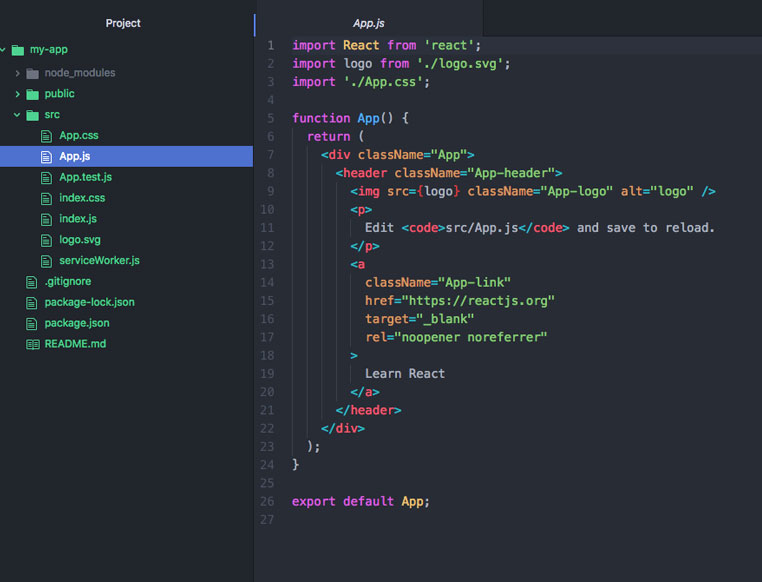

The app uses the MIT license.įollow the example’s Readme file to install, configure, and start the example.


The application has not been ejected, so you can easily update the application’s libraries. The example was started from the React team’s Create React App toolchain. The code example is available from the GitHub repository code-examples-react. See Part 1: Introduction, and Part 2: OAuth Information Security. We can use this to fetch the photos from Unsplash in our page component.īut first, we need to create our API client based on the official Unsplash SDK.In this multipart series, I’m covering the steps needed to add the DocuSign API to a React app, including two patterns for integrated OAuth authentication. ( Large preview) Fetching Photos From UnsplashĪ key benefit of Server Components is the ability to fetch data directly from inside components via async/ await. We’ll use next-intl to implement all our internationalization needs in React Server Components, and we’ll look at a technique for introducing interactivity with a minimalistic client-side footprint. In this article, we’ll explore a multilingual app that displays street photography images from Unsplash. But how can we work with this paradigm when we need interactively-controlled states that should be reflected in internationalized messages? If internationalization is implemented entirely on the server side, we can achieve new levels of performance for our apps, leaving the client side for interactive features. The promise of React Server Components is that we can have our cake and eat it too. Traditionally, internationalization requires a tradeoff in performance as loading translations results in larger client-side bundles and using message parsers impacts the client runtime performance of your app. One area that benefits from this new capability is internationalization. This new paradigm allows components that don’t require React’s interactive features, such as useState and useEffect, to remain server-side only. With the introduction of Next.js 13 and the beta release of the App Router, React Server Components became publicly available. Based on an example of a multilingual app that displays street photography images from Unsplash, Jan Amann explores next-intl to implement all internationalization needs in React Server Components and shares a technique for introducing interactivity with a minimalistic client-side footprint.


 0 kommentar(er)
0 kommentar(er)
